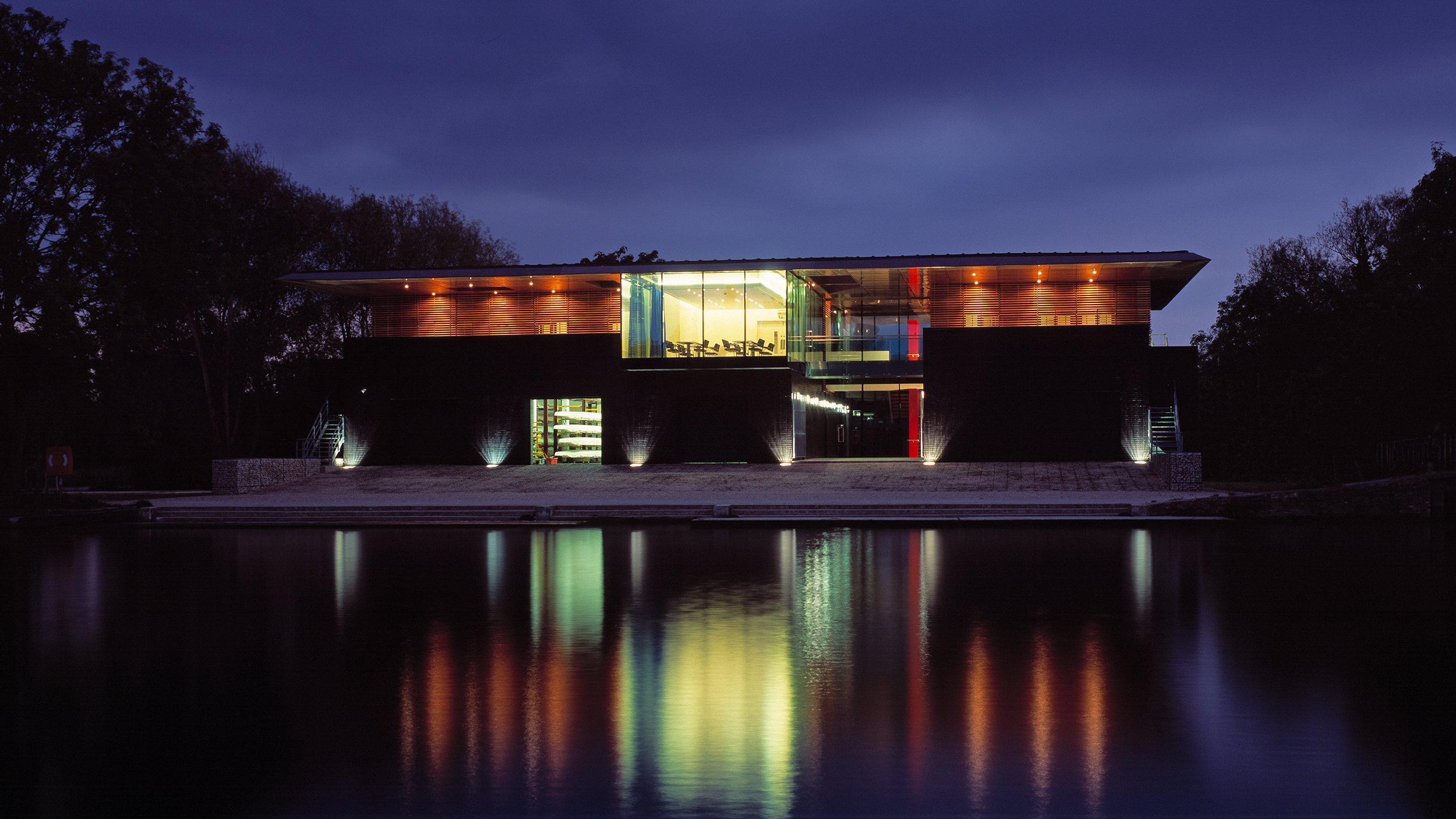The floods across much of southern England in February 2014 may have receded, but they remain a cautionary reminder of the risks of building near water. A knee-jerk response – noticeably among the anti-development lobby – is that there should be a moratorium on building on flood plans or near water. This would be a dangerous and completely unnecessary over-reaction.
Humans have built near – and even upon – water for centuries. Many of our greatest towns and cities were founded around rivers. It would be naïve to suggest that there are no risks associated with building near water, but one will often find that those risks are exaggerated as a result of poor town planning or building design. There is no reason why good design cannot overcome many of the risks associated with building near water, and certainly no reason why design should be compromised by flood mitigation measures. In Oxford, for example, we made a virtue of these when designing a new boat house for the University College boat club.
Our project replaced an earlier building, which had been destroyed by arson. Lengthy negotiations with planners focused on how to tackle building on a flood plain, with the Environment Agency who were concerned about protecting nearby wetland habitats, and with the emergency services who wanted to know how the boathouse, which also has student accommodation, would be evacuated in the event of flood.
We placed the building on deep concrete piles, with the bottom floor raised 800mm above ground level to sit above the floor plain. We also used porous materials such as gabion walls at this level, and positioned the boat store at ground level (the most obvious and practical place for it in any case) with higher-spec spaces positioned above, well out of the way of possible flood water. Placing visitor and spectator facilities on the upper levels also gave better views of activities taking place on the water.
The lessons for us are simple – building near water requires a little more attention to the availability of groundworks technology and careful consideration of where particular functions can be located in response to possible flooding. At the Boat house, the result is a spectacular building that has become an iconic and greatly admired building on the Thames, seen at its finest when it is at the centre of the races on the Isis. It was built to be prepared for any flood risk and, in the meantime, offer a flexible and practical suite of sporting and social spaces as well as residential accommodation. Recent high water has vindicated those preparations. The residents go about their business as normal while the river simply flows under the building, if it has to, rather than within the confines of its normal banks.


